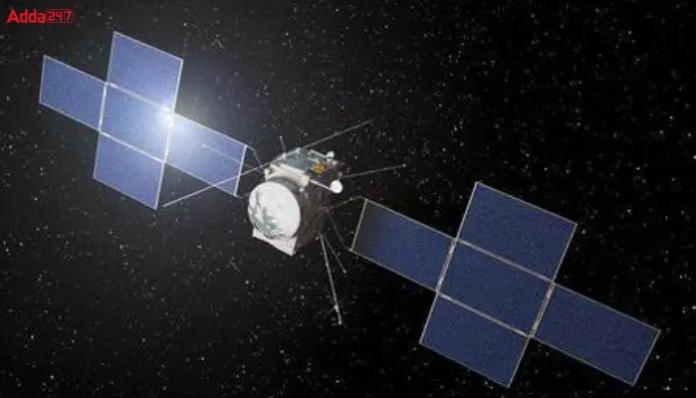
The European Space Agency (ESA) is set to launch the Jupiter Icy Moons Explorer (JUICE) mission in April 2023, marking a new era of exploration in our solar system. JUICE is an ambitious mission that aims to explore Jupiter and its three largest moons, Ganymede, Callisto, and Europa, which are believed to have the potential to host life.
JUICE will be launched on an Ariane 5 rocket from the Guiana Space Centre in French Guiana, South America. The spacecraft will then embark on a 7.5-year journey to Jupiter, using gravity assists from Earth and Venus to gain speed and reach its destination.
Once it arrives at Jupiter, JUICE will spend more than three years studying the planet and its moons in detail. The spacecraft will carry a suite of scientific instruments, including a camera, spectrometer, and radar, to study the surface and subsurface of the moons and investigate their potential to host life.
Ganymede, the largest moon in the solar system, will be the first target of the mission. JUICE will study the moon’s geology, magnetic field, and ice shells to understand the processes that have shaped it. Callisto, the second largest moon, will be studied to investigate its potential subsurface ocean and the processes that have shaped its surface. Europa, the smallest of the three moons, will be the primary target of the mission, as it is believed to have a subsurface ocean beneath its icy crust. JUICE will investigate the ocean’s potential to host life and the processes that have shaped its surface.
The spaceship completed a thermal vacuum test in December to verify it could endure the harsh temperatures of space. To mimic the initial actions following launch, a System Validation Test was performed, linking the spacecraft in Toulouse to mission control at ESOC in Darmstadt, Germany.
The Qualification and Acceptance Review was completed on January 18, verifying that the spacecraft was ready to begin launch preparations at the Spaceport. As the final phase in the preparations, a plaque was placed to the spacecraft in honour of Galileo Galilei, the Italian scientist who was the first to see Jupiter and its four biggest moons using a telescope in January 1610.


